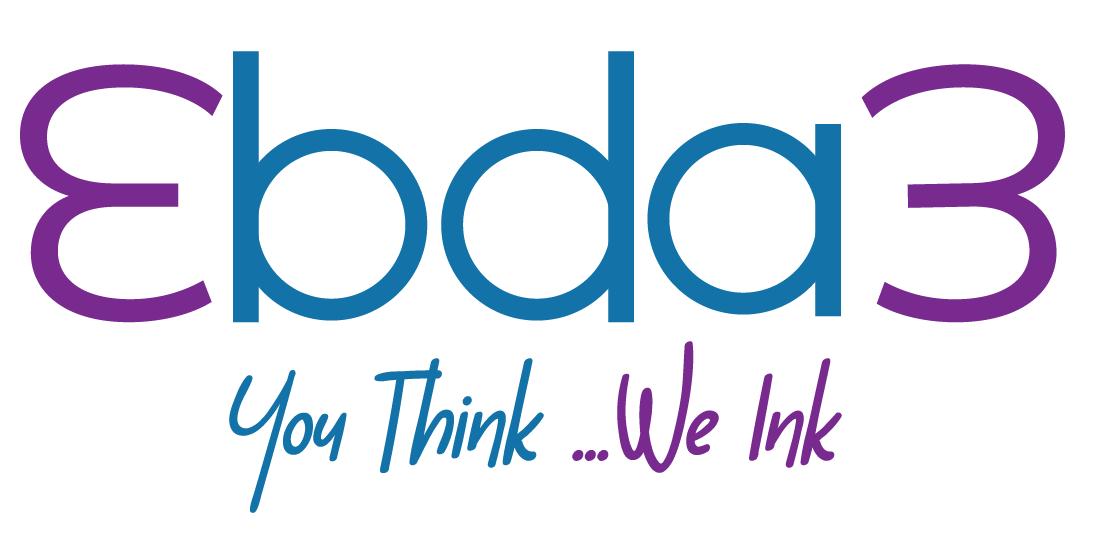Mastering the Art of Editing and Proofreading: The 7 Golden Rules

Introduction:
Editing and proofreading are essential skills for anyone involved in writing, whether you’re a professional editor, a student, or even someone looking to improve their own work. These two processes are crucial for refining your writing, ensuring clarity, and presenting a polished final product. In this blog, we will explore the seven golden rules of editing and proofreading that will help you elevate your writing to new heights.
Take a Break:
Before diving into the editing and proofreading process, it’s important to give yourself some distance from your writing. Taking a break allows you to approach your work with fresh eyes and a clearer mind. Ideally, take at least a few hours or even a day away from your piece before starting the editing process. This distance will help you spot errors and make improvements more effectively.
Read Aloud:
Reading your work aloud is an incredibly powerful editing and proofreading technique. When you read silently, your brain often fills in gaps and corrects mistakes automatically. However, reading aloud forces you to slow down and pay closer attention to every word and sentence. It helps you identify awkward phrasing, grammatical errors, and inconsistencies that may have gone unnoticed before.
Start with the Big Picture:
When you begin editing, it’s crucial to focus on the overall structure and content of your piece. Check if your ideas flow logically and coherently. Look for any gaps in your argument or areas where more information is needed. Consider the organization of paragraphs and whether each one supports your main points effectively. Addressing these broader aspects first will lay a solid foundation for the finer details.
Grammar and Spelling:
Once you’ve reviewed the larger aspects of your writing, it’s time to shift your attention to grammar and spelling. Correct any typos, punctuation errors, subject-verb agreement issues, and improper word usage. Pay attention to common problem areas like their/there/they’re or its/it’s. Utilize grammar and spell-check tools, but remember that they are not foolproof, so manual review is crucial.
Consistency:
Consistency is key to maintaining a professional and polished piece of writing. Ensure consistent formatting, such as headings, font styles, and indentation. Check for consistency in the use of capitalization, abbreviations, and acronyms. Pay attention to the consistency of verb tenses, tone, and writing style throughout your work. Inconsistencies can distract readers and weaken the impact of your writing.
Trim the Fat:
During the editing process, be mindful of unnecessary words, phrases, and sentences that can clutter your writing. Conciseness and clarity go hand in hand, so remove redundancies and trim down convoluted sentences. Ensure that each word serves a purpose and contributes to the overall message. Remember, less is often more when it comes to effective communication.
Proofread, Proofread, Proofread:
Proofreading is the final stage of the editing process, and it’s all about meticulously checking for any remaining errors or inconsistencies. Scrutinize your work for any missed typos, grammatical mistakes, or formatting issues. Pay attention to details such as spacing, line breaks, and the proper use of quotation marks. Double-check all references, citations, and sources to ensure accuracy. Enlist the help of a trusted friend or colleague for a fresh pair of eyes.
Conclusion:
By adhering to these seven golden rules of editing and proofreading, you can transform your writing into a refined and impactful piece of work. Remember, editing and proofreading are iterative processes, and continuous practice will only enhance your skills over time. So, take a break, read aloud, focus on the big picture, and pay attention to the details. With dedication and a keen eye, you’ll master the art of editing and proofreading and elevate your writing to new heights.
Learn more about: Editing and Proofreading





